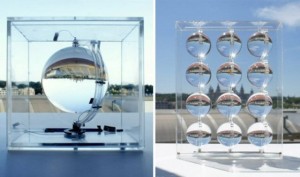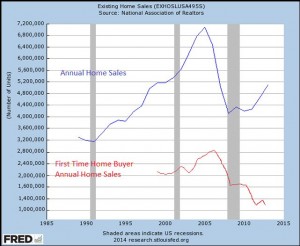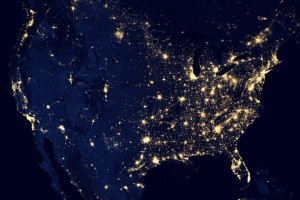October 12, 2014
Secretary Kerry is of course correct in his understanding that climate change must be quickly addressed. However, his prescription –clean energy- the equivalent of a vaccine, is not a remedy for the full blown disease our planet is suffering from. No doubt it might have helped 45 or more years ago, before those gazillions of tons of greenhouse gases were nonchalantly dumped into the atmosphere, before killer droughts became commonplace, thousands of species extinct, the ocean acidic, and most certainly before the unacceptable gap in the distribution of income and wealth decimated the American working and middle classes. Now much, much more is required.
Clean energy and solar power are not synonymous; the latter is a subset of the former. More to the point, if the clean energy market is the mother of all markets, then the water market is the father, and the sun is the matchmaker. Here’s why.
Except for desalination in coastal areas, which consumes enormous amounts of energy, all the clean energy in the world including wind, solar, and even nuclear fission, which in fact is anything but clean, will not produce a meaningful amount of fresh water. A clean energy policy by itself does nothing to solve mega droughts anywhere or replenish aquifers in California, Nevada, Arizona or the Great Plains, the nation’s breadbasket. In a nutshell, we are in grave danger of eventually suffering unprecedented losses, not just financially but strategically in terms of our ability to grow our own food. What we do now, or fail to do, will determine the outcome.
Even if a clean energy policy manages to generate and produce enough electricity and water to meet current and future demand, that still does not address the gap in the distribution of income and wealth. Modern technology has made the nineteenth century model of public utilities and electric grids obsolete, and it’s time to recognize and admit that fact.
Any building, even in areas prone to overcast skies could theoretically generate a surplus of electricity. Therefore, over time, large power plants can and should be phased out as described in Plan A to divert profits from utility shareholders to working and middle class borrowers.
That would help the latter qualify for mortgages, promote large scale construction to relieve the housing shortage that’s keeping prices artificially inflated to the injury of young first-time buyers, create much needed man-jobs and improve the buying power of consumers.
While useful to the domestic economy, clean energy is not an exportable commodity; more specifically, it cannot be directly exported to reduce or perhaps reverse the trade deficit with China. Hydrogen is exportable; when combined with the oxygen in the atmosphere it will produce fresh water anywhere, even in remote deserts far from shore. Hopefully the upcoming meeting in Lima, in the shadow of the majestic Andes, will inspire world leaders to consider the merits of the Andean module of Plan A.
Any new energy policy should not be east-centric; the western half should be fully developed on par with the east, particularly non-coastal areas as described in Plan A. Only so might it become possible to conquer drought, reverse the trade and federal deficits, and create a new income stream to help reduce the wealth gap.


